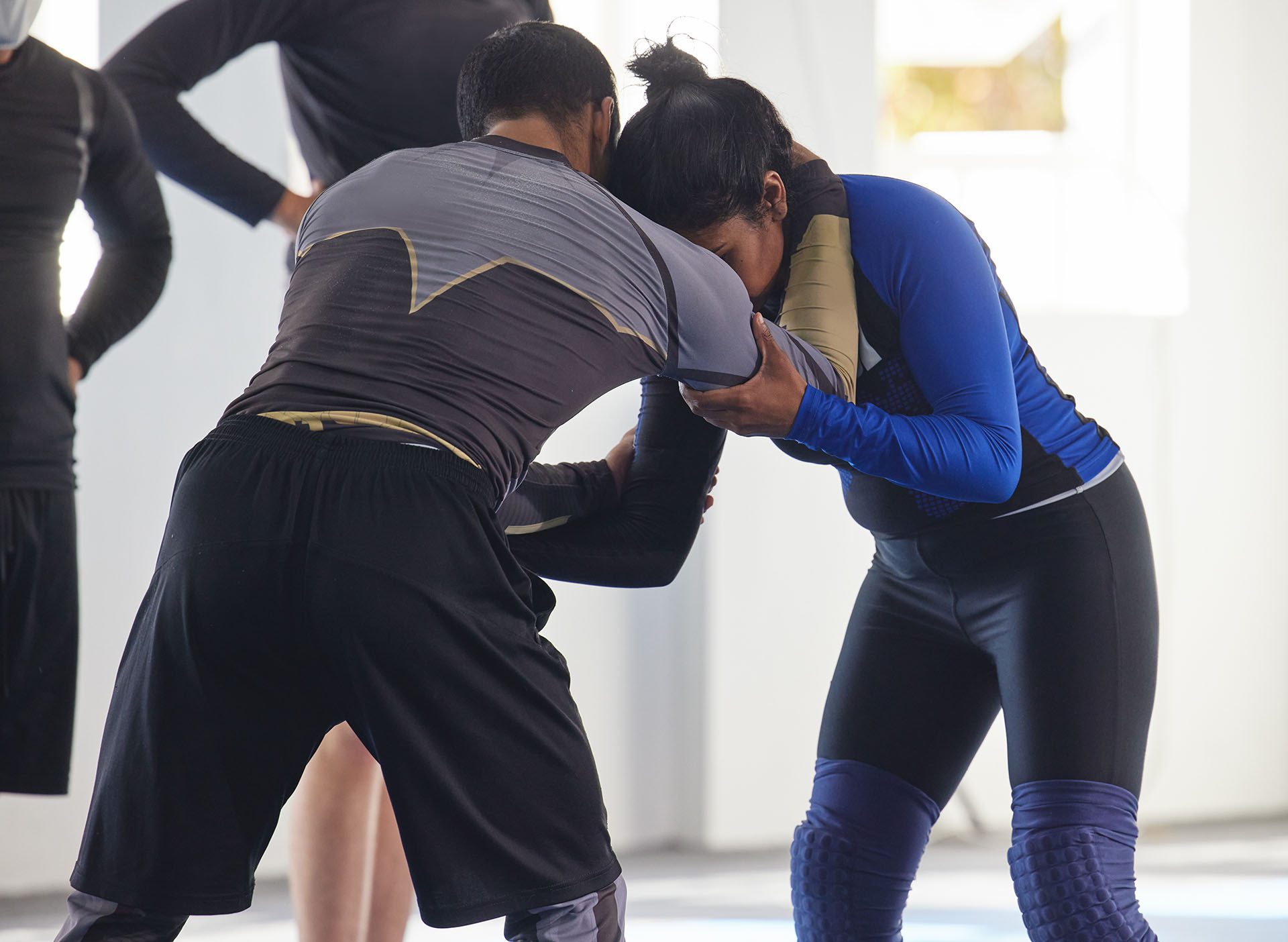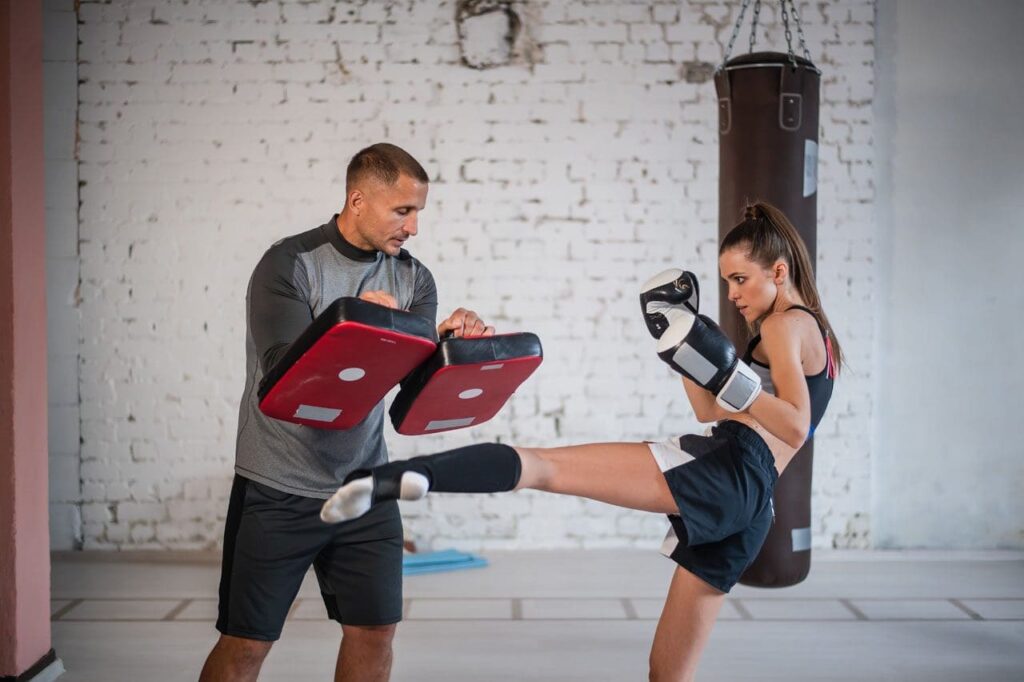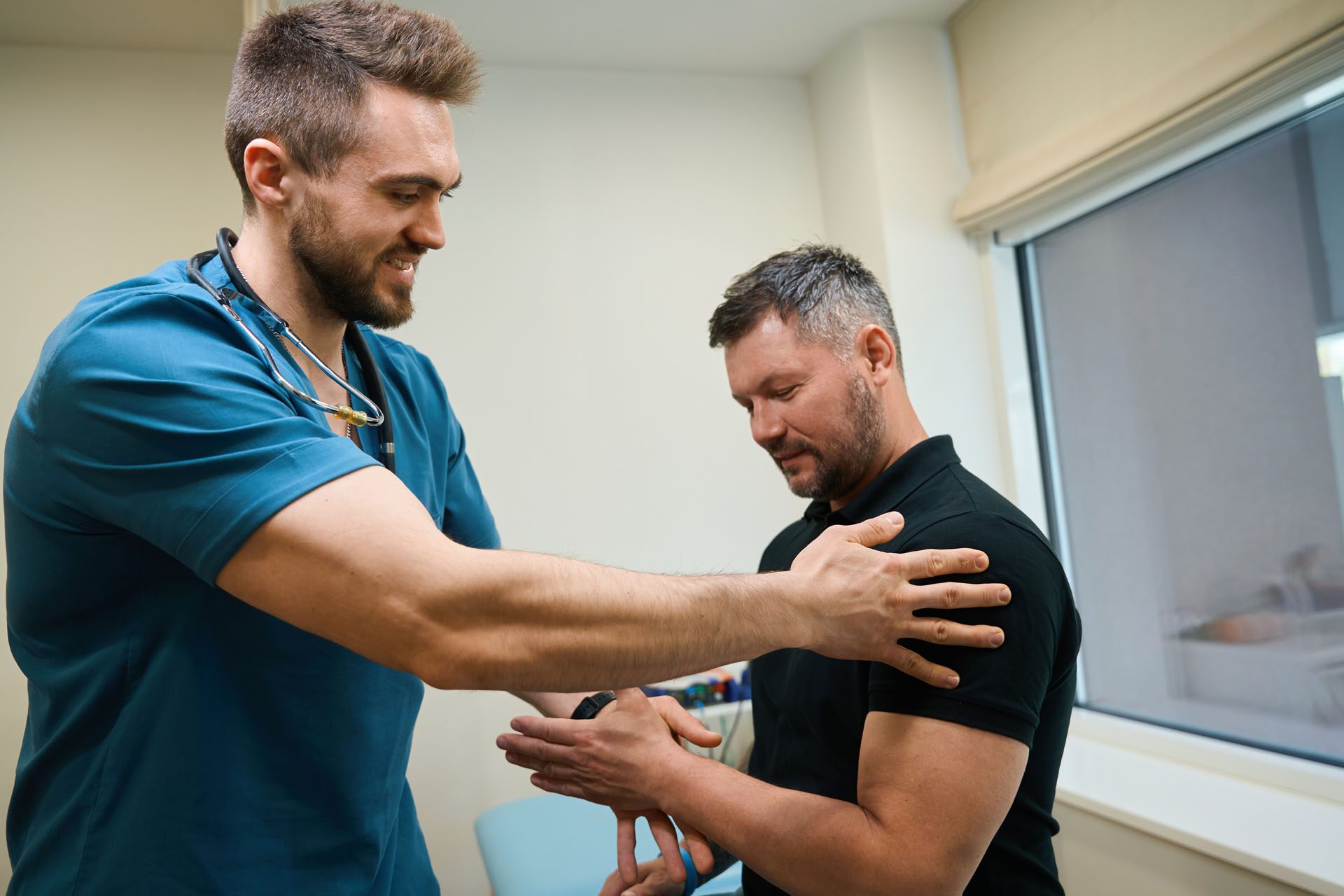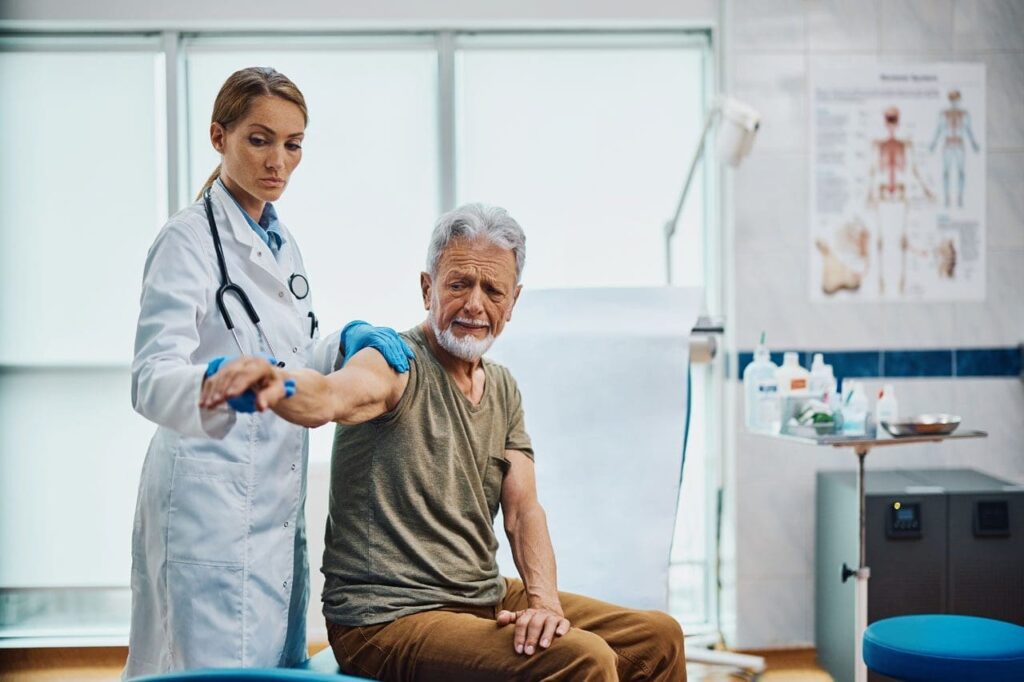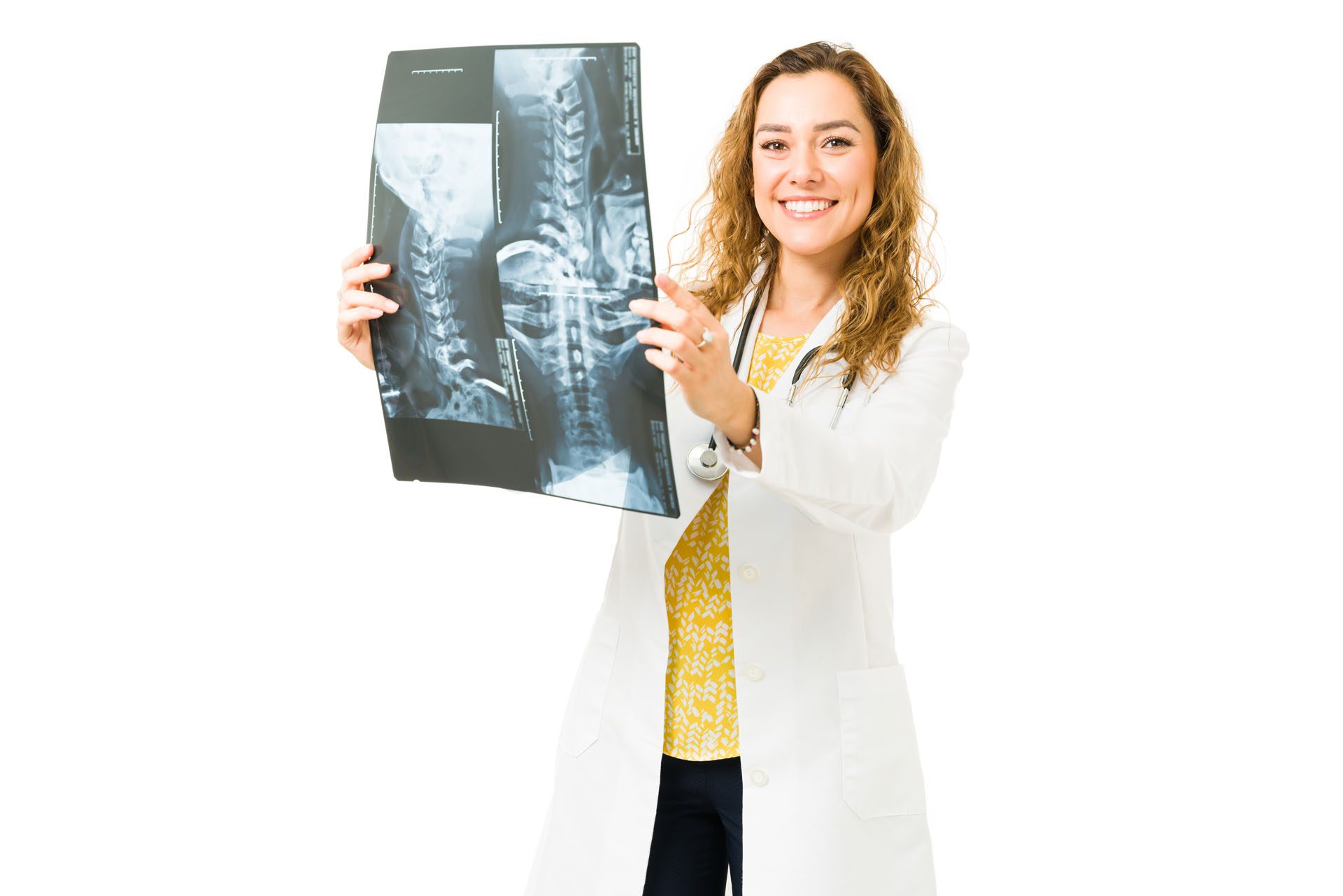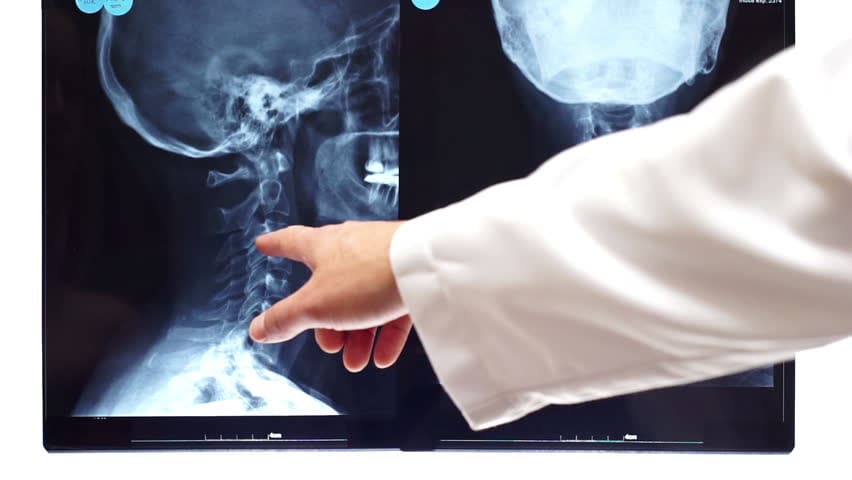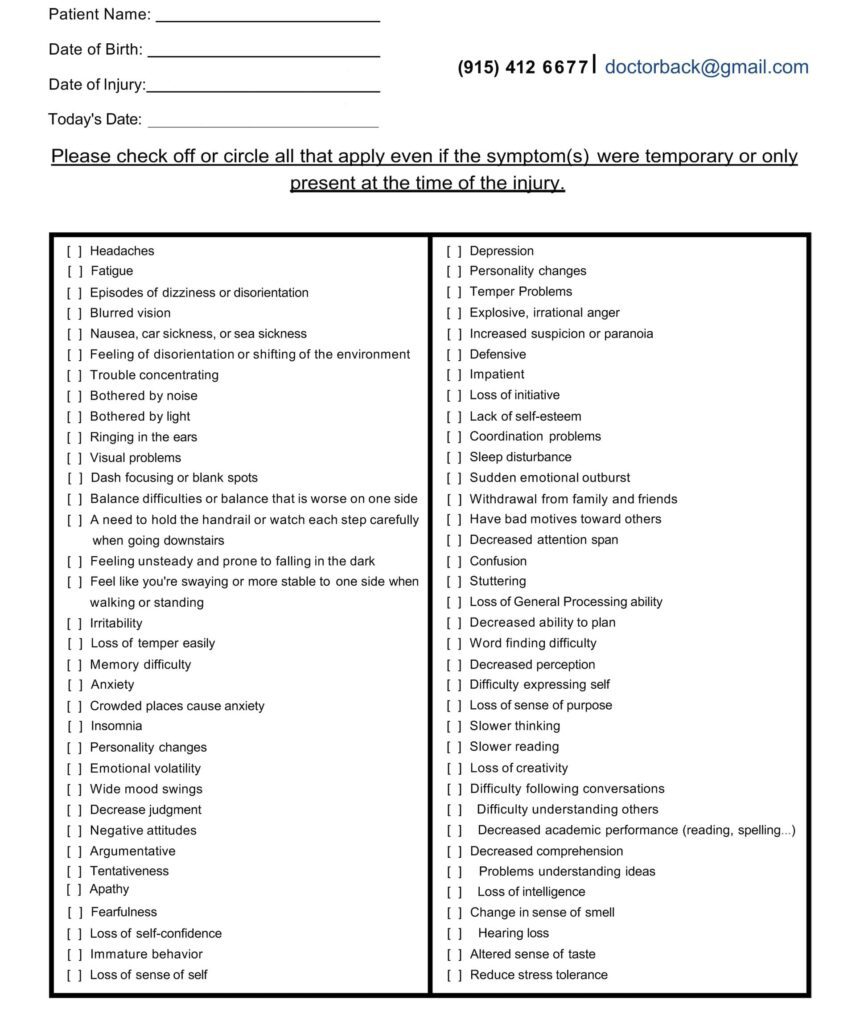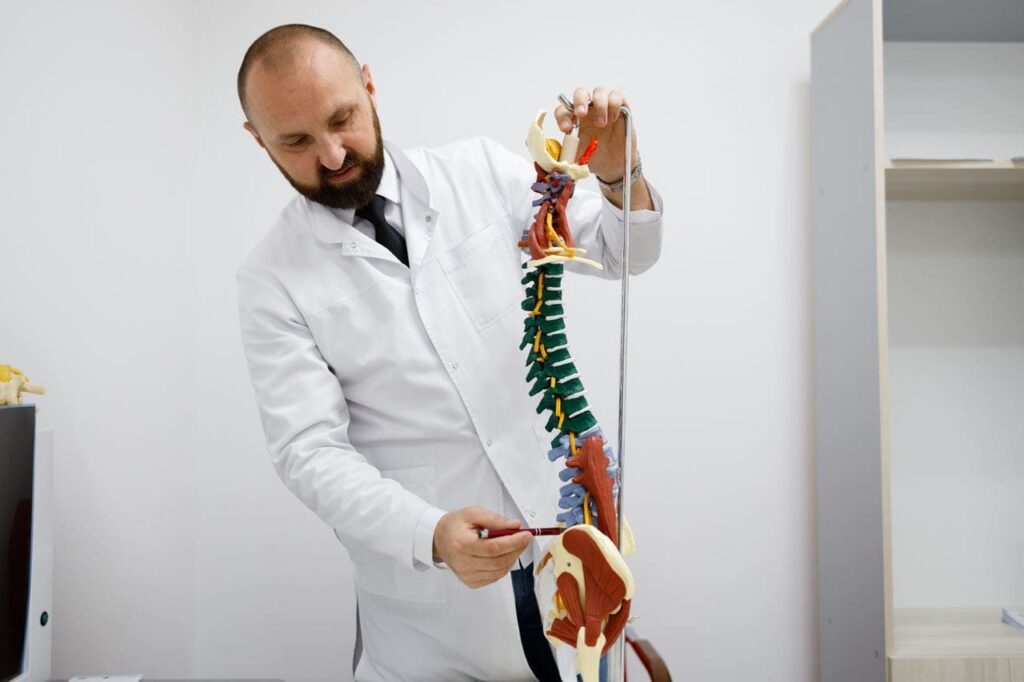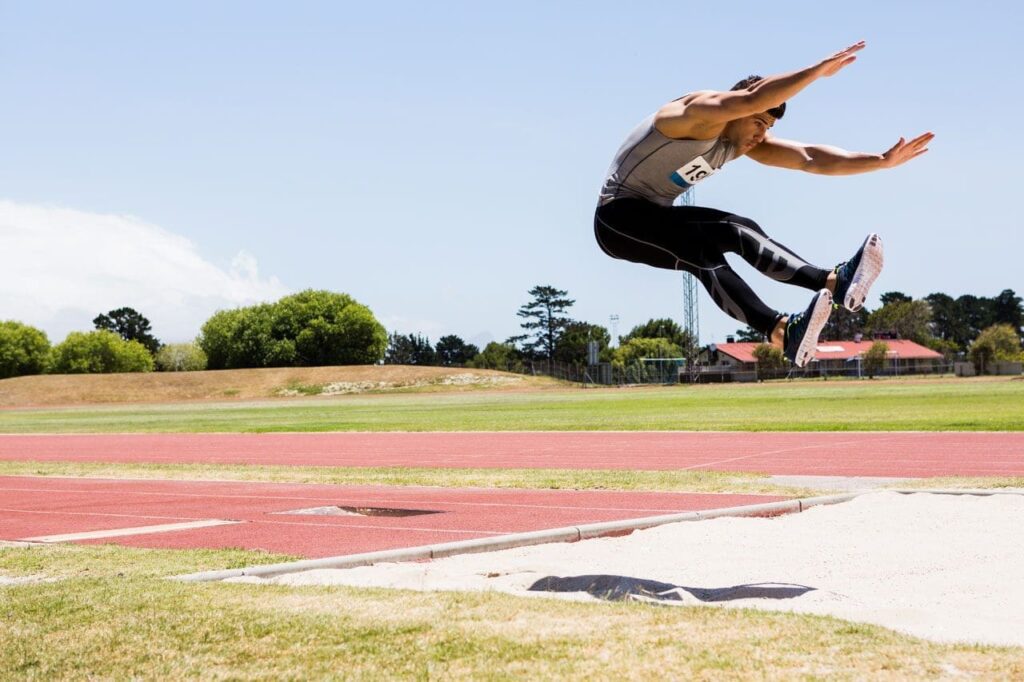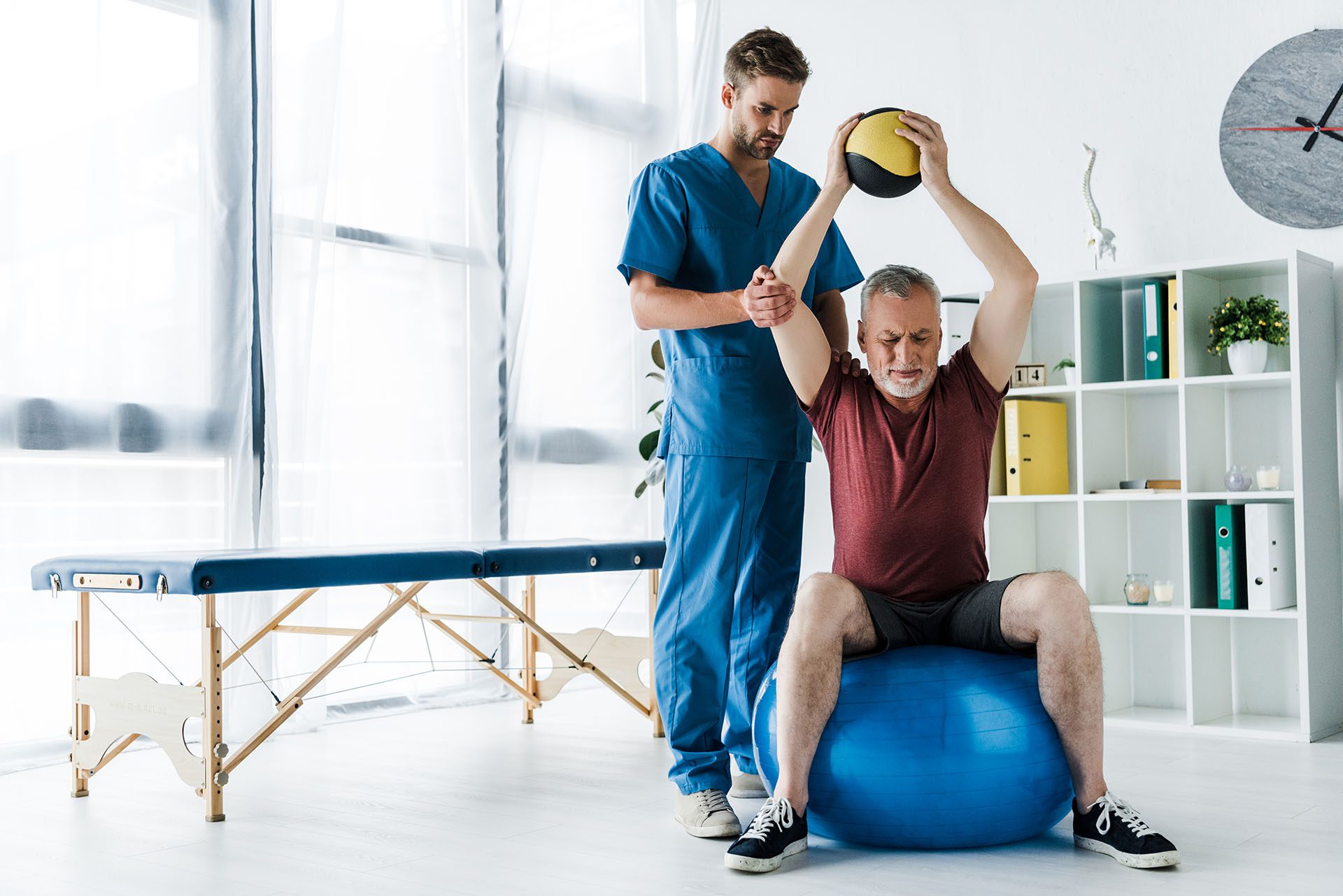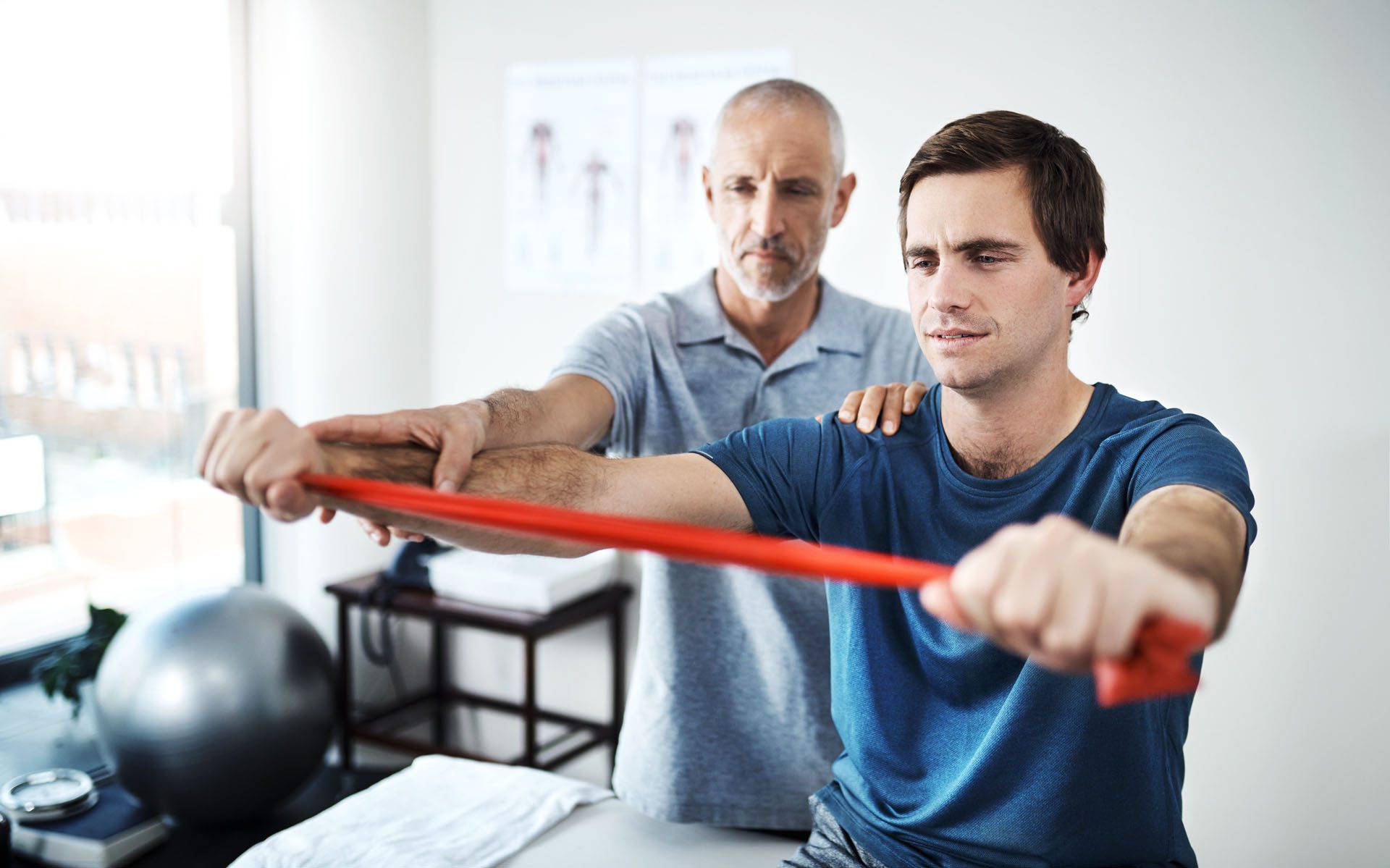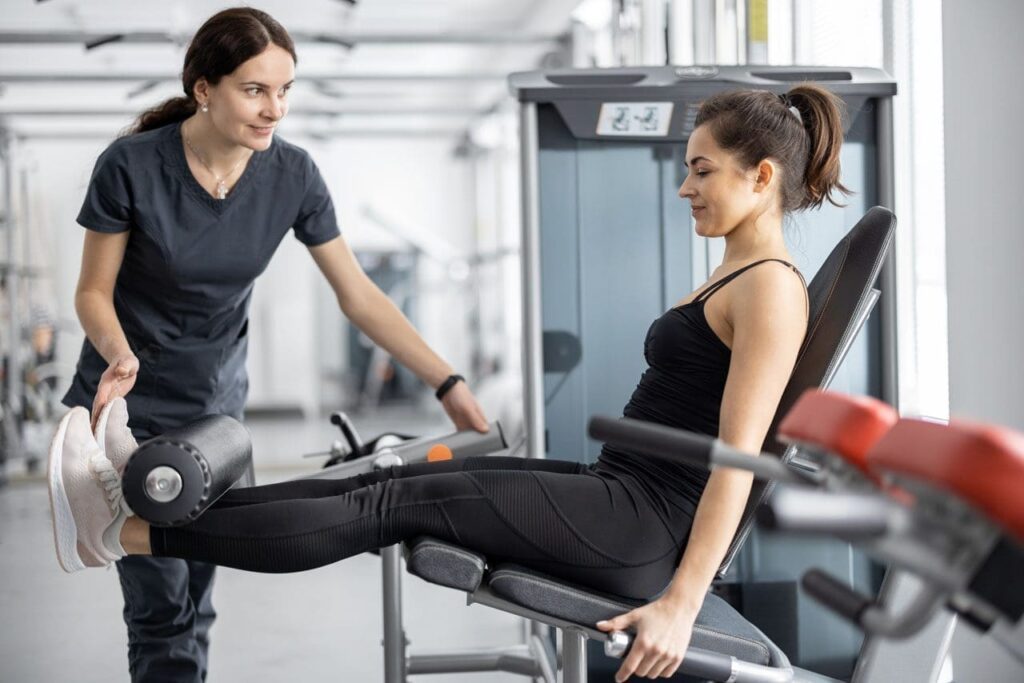ChiroMed: Enhancing Posture Recovery After TBI
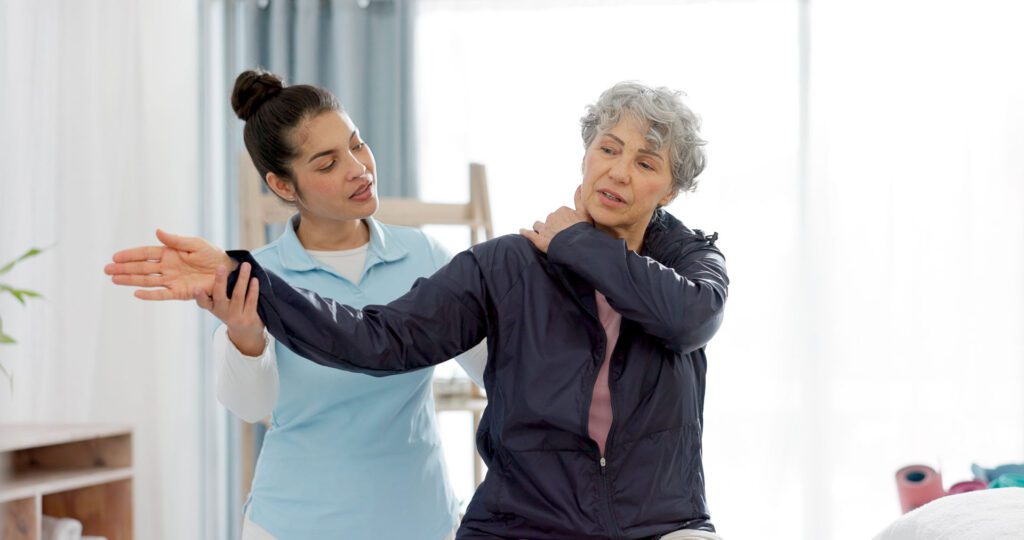
Recovering from Traumatic Brain Injury: Safe Posture Exercises, Chiropractic Care, and Nurse Practitioner Support for Better Healing
Traumatic brain injury (TBI) happens when a sudden blow or jolt harms the brain. Falls, car crashes, and sports accidents are common causes. After a TBI, many people experience headaches, dizziness, neck pain, and trouble keeping balance. One big problem is poor posture. The head may lean forward, the shoulders round, and the back slumped. This adds extra stress to the neck and spine and can slow down healing.
The good news is that gentle posture exercises, integrative chiropractic care, and help from a nurse practitioner can make a real difference. These steps work together to ease pain, improve balance, and help the brain and body heal faster. Experts like Dr. Alexander Jimenez, DC, APRN, FNP-BC, in El Paso, Texas, use this combined approach every day with great results (Jimenez, n.d.).
This guide explains everything in simple words. It gives safe exercises you can try at home and shows how professionals support recovery. Always talk to your doctor first and stop any movement that hurts.
Why Posture Matters After Traumatic Brain Injury
When the brain is injured, it can change how muscles work. Some get too tight, while others get weak. The neck and upper back are often the most affected. Many people develop forward head posture, where the head sits in front of the shoulders rather than directly on top. Every inch the head moves forward adds about 10 extra pounds of stress to the neck muscles (Healthline, 2023a).
Poor posture after TBI can cause:
- Daily headaches and neck pain
- Worse dizziness and balance problems
- Tired muscles and low energy
- Longer recovery time
Fixing posture early helps blood flow to the brain, lowers pain, and makes daily tasks easier (Flint Rehab, n.d.a).
Safe and Recommended Posture Exercises After TBI
Recommended posture exercises following a traumatic brain injury include mild neck stretches, such as chin tucks and side bends, as well as core and trunk exercises, such as seated marching, lateral trunk flexion, and seated trunk extension. These interventions can facilitate early-stage recovery by enhancing balance and alleviating neck tension. It is essential to commence gradually, cease activity if discomfort arises, and obtain medical approval prior to initiating any new exercise regimen.
Start seated in a firm chair with feet flat on the floor. Breathe slowly and deeply. Do 5–10 repetitions at first and build up as you feel stronger.
Gentle Neck Stretches
- Chin Tucks
- Sit or stand tall.
- Place one finger on your chin.
- Gently push your chin straight back to make a “double chin.”
- Hold for 3–5 seconds, then relax.
- Repeat 10 times. This move pulls the head back over the spine and fights forward head posture (Back Intelligence, n.d.a; Defense and Veterans Brain Injury Center, 2020).
- Side Bends
- Sit tall.
- Slowly tilt one ear toward the same shoulder.
- Use your hand for a very light stretch if it feels okay.
- Hold for 15–20 seconds, then switch sides.
- Repeat 3–5 times on each side. Great for tight side-neck muscles and TMJ pain, which often accompany TBI (Healix Therapy, n.d.).
- Neck Rotation
- Turn your head slowly to the right as far as comfortable.
- Hold for 15 seconds, then turn left.
- Keep shoulders relaxed—do not shrug.
- Do 3 times each way (Defense and Veterans Brain Injury Center, 2020).
- Neck Flexion (Chin to Chest)
- Lower your chin slowly toward your chest.
- Feel a gentle stretch in the back of the neck.
- Hold for 20 seconds, and repeat 3 times (Achieve Brain & Spine, n.d.).
Core and Trunk Exercises Done Seated
Strong core muscles hold the spine straight and help balance.
- Seated Marching Sit tall, hands on thighs. Lift one knee a few inches, then lower. Switch legs. Do 20 marches. This exercise activates the hip and lower abdominal muscles (Illinois Department of Central Management Services, n.d.).
- Lateral Trunk Flexion (Side Bends) Reach one arm overhead and lean gently to the opposite side. Return to the center and switch. 10–15 times on each side (Flint Rehab, n.d.a).
- Seated Trunk Extension: Cross arms over chest. Lean forward slightly, then use your back muscles to sit up straight and arch a little backward. 10–15 repetitions (Flint Rehab, n.d.a).
- Seated Weight Shifts: Clasp hands in front of you. Shift weight side to side while keeping the trunk tall. 10 slow shifts in each direction (Flint Rehab, n.d.a).
Helpful Balance and Posture Builders
- Heel-to-Toe Raises (hold onto a chair) Rise up on toes, lower, then rock back on heels. The exercise should be repeated 10 times (Neofect, n.d.).
- Modified Cat-Cow (seated or on hands and knees when ready). Round the back on exhale, arch on inhale. 5–8 slow breaths (Flint Rehab, n.d.b).
- Thoracic Foam Rolling (if cleared by your doctor) Lie on a foam roller under the upper back and gently roll. Opens the chest and fights rounded shoulders (Healthline, 2023b).
Key Safety Rules for All Exercises
- Get your doctor’s okay first.
- Start with only 5–10 repetitions.
- Stop right away if you feel pain, dizziness, nausea, or a worse headache.
- Rest for at least one day between sessions at the beginning.
- Have someone nearby the first few times in case the balance is shaky.
- Write down how you feel after each session to track progress (Sheltering Arms Institute, n.d.; New Medical Choices, n.d.).
How Integrative Chiropractic Care Helps TBI Recovery
Integrative chiropractic care can improve nerve function and address musculoskeletal concerns through precise adjustments.
After a TBI, the upper neck bones (cervical vertebrae) are often slightly out of place. This can pinch nerves and slow the transmission of brain signals. Chiropractors use gentle, precise adjustments to realign bones. This can:
- Lower neck pain and headaches
- Improve nerve flow from the brain to the body
- Increase blood flow to the brain
- Raise overall mobility and thinking clarity (Northwest Florida Physicians Group, n.d.; Aurora Chiropractic, n.d.).
Many chiropractors start with very light instrument adjustments or soft-tissue work instead of hands-on neck moves right after injury (Calibration Mansfield, n.d.). Dr. Alexander Jimenez often combines spinal adjustments with muscle therapy, nutrition advice, and custom exercise plans. Patients report faster pain relief and better daily function (Jimenez, n.d.).
Six proven ways chiropractic care supports TBI healing (Pinnacle Health Chiro, n.d.):
- Restores normal fluid movement around the brain and spine
- Fixes forward head posture and upper-neck misalignments
- Balances the nervous system
- Relaxes tight muscles and breaks up scar tissue
- Improves sleep and reduces stress
- Boosts blood and oxygen delivery to healing brain cells
When adjustments are paired with the posture exercises above, results come even faster (Tigard Chiropractic, n.d.).
The Important Role of Nurse Practitioners in TBI Care
A nurse practitioner can assist by providing comprehensive patient management, including coordinating care, educating the patient, and monitoring for signs of TBI and potential complications.
Nurse practitioners (NPs) are advanced nurses who can examine patients, order tests, prescribe medicine when needed, and lead the whole care team. In TBI recovery, NPs:
- Watch for warning signs like worsening headaches, seizures, or mood changes
- Coordinate physical therapy, occupational therapy, and chiropractic visits
- Teach patients and families about safe exercises and daily habits
- Adjust the recovery plan as healing happens
- Provide emotional support and connect people to counseling or support groups (Mayo Clinic, 2023; NP Journal, 2011; Nursing Center, n.d.).
Dr. Jimenez, who is both a doctor of chiropractic and a family nurse practitioner (FNP-BC), shows how powerful this combined training can be. He spots both the spine issues and the medical complications of TBI at the same visit, so patients get truly complete care (Jimenez, n.d.).
Putting It All Together: A Sample Weekly Recovery Plan
| Day | Activity |
|---|---|
| Monday | 10-minute gentle neck stretches and seated marching (with therapist or NP check-in) |
| Tuesday | Chiropractic visit + light soft-tissue work |
| Wednesday | Rest or very gentle chin tucks and breathing exercises |
| Thursday | Core exercises (lateral bends, trunk extension) + short walk with good posture |
| Friday | Chiropractic or NP follow-up + balance exercises (weight shifts) |
| Saturday | Full gentle routine + foam rolling (if cleared) |
| Sunday | Rest, journaling, and light stretching only |
Add 5–10 minutes of slow walking each day when your doctor says it is safe. Good posture while walking is its own exercise!
Extra Recovery Tips That Make a Big Difference
- Sleep with a thin pillow or cervical pillow to keep the neck straight.
- Take screen breaks every 20–30 minutes—do a quick chin tuck.
- Drink plenty of water and eat anti-inflammatory foods (berries, salmon, and leafy greens).
- Join an online TBI support group for encouragement (Sheltering Arms Institute, n.d.).
- Keep a simple daily journal: pain level, exercises done, mood. This helps your NP or chiropractor adjust the plan.
Final Thoughts
Recovery from traumatic brain injury takes time and patience, but the right tools speed healing and improve life quality. Gentle posture exercises like chin tucks, side bends, seated marching, and trunk movements safely rebuild strength and balance. Integrative chiropractic care restores proper spine alignment and nerve function. Nurse practitioners keep everything coordinated and watch for problems.
When these three work together—exercises at home, regular chiropractic adjustments, and expert oversight from a nurse practitioner—most people see less pain, better posture, and clearer thinking within weeks to months.
Talk to your medical team today. Start slow, stay consistent, and celebrate every small win. Healing is possible.
References
Achieve Brain & Spine. (n.d.). Patient exercises. https://www.achievebrainandspine.com/resources/patient-exercises/
Aurora Chiropractic. (n.d.). Chiropractic care for head injuries: Techniques and benefits. https://aurora-chiropractic.com/chiropractic-care-for-head-injuries/
Back Intelligence. (n.d.a). How to fix forward head posture – 5 exercises and stretches. https://backintelligence.com/how-to-fix-forward-head-posture/
Calibration Mansfield. (n.d.). How can integrative chiropractic care help with traumatic brain injuries? https://calibrationmansfield.com/how-can-integrative-chiropractic-care-help-with-traumatic-brain-injuries/
Defense and Veterans Brain Injury Center. (2020). Neck pain following concussion/mTBI fact sheet. https://health.mil/Reference-Center/Fact-Sheets/2020/07/30/Neck-Pain-Following-ConcussionmTBI-Fact-Sheet
Flint Rehab. (n.d.a). Traumatic brain injury recovery exercises. https://www.flintrehab.com/exercises-for-brain-injury-recovery/
Flint Rehab. (n.d.b). 9 best yoga poses for brain injury patients. https://www.flintrehab.com/yoga-poses-for-brain-injury/
Healthline. (2023a). Forward head posture: Exercises and stretches to try. https://www.healthline.com/health/bone-health/forward-head-posture
Healthline. (2023b). Kyphosis exercises to treat a rounded upper back. https://www.healthline.com/health/exercise-fitness/kyphosis-exercises
Healix Therapy. (n.d.). Neck exercises for TMJ pain relief. https://healixtherapy.com/neck-exercises-tmj-pain-relief/
Illinois Department of Central Management Services. (n.d.). Traumatic brain injury recovery. https://cms.illinois.gov/benefits/stateemployee/bewell/getmoving/traumatic-brain-injury-recovery.html
Jimenez, A. (n.d.). Dr. Alex Jimenez, DC, APRN, FNP-BC. https://dralexjimenez.com/
Mayo Clinic. (2023). Traumatic brain injury – Diagnosis & treatment. https://www.mayoclinic.org/diseases-conditions/traumatic-brain-injury/diagnosis-treatment/drc-20378561
Neofect. (n.d.). Balance exercise after brain injury. https://www.neofect.com/blog/balance-exercise-after-brain-injury
New Medical Choices. (n.d.). Traumatic brain injury recovery exercises. https://newmedicalchoices.com/traumatic-brain-injury-recovery-exercises/
Northwest Florida Physicians Group. (n.d.). Using chiropractic care to treat traumatic brain injuries. https://northwestfloridaphysiciansgroup.com/using-chiropractic-care-to-treat-traumatic-brain-injuries/
NP Journal. (2011). Neurotrauma—The role of the nurse practitioner in traumatic brain injury. https://www.npjournal.org/article/S1555-4155(11)00482-X/abstract
Nursing Center. (n.d.). The role of the nurse practitioner in traumatic brain injury. https://www.nursingcenter.com/journalarticle?Article_ID=527301&Journal_ID=420955&Issue_ID=527288
Pinnacle Health Chiro. (n.d.). Six ways chiropractic care supports healing after TBI. https://www.pinnaclehealthchiro.com/blog/six-ways-chiropractic-care-supports-healing-after-tbi
Sheltering Arms Institute. (n.d.). Concussion treatment exercises you can do at home. https://shelteringarmsinstitute.com/rehablogs/concussion-treatment-exercises-you-can-do-at-home/
Tigard Chiropractic. (n.d.). Navigating recovery: Exercise plans after chiropractic care. https://www.tigardchiropracticautoinjury.com/navigating-recovery-exercise-plans-after-chiropractic-care






